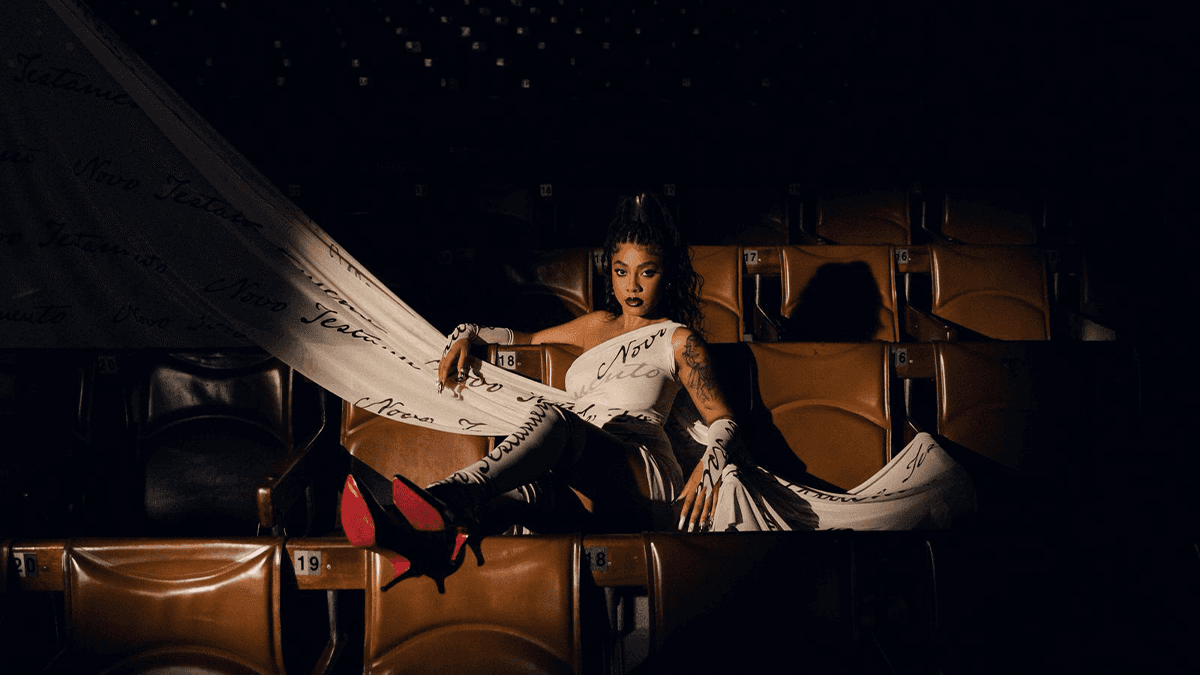Oakley and sports: a legacy
Originally created for surfers and motocross riders, Oakley sunglasses have surpassed the barrier of extreme sports and today are part of fashion - a widely seen item from the streets to celebrities. What was once a small project envisioned in his garage, Jim Jannard transformed into a beloved global brand.
The Beginning
The brand, which started in 1975 by Jim Jannard, was just a company selling handle grips at motocross events. His initial investment of $300 would serve to create the first grip that would have a unique orbicular design.

In the past, grips were basically made of plastic, which made the fit slippery. Thus, Jim ended up developing a material called Unobtainium, which helped to patent “The Oakley Grip” - a revolutionary motocross grip.
Its mission was "to seek problems, create solutions, and wrap those solutions in art".
Expanding the Brand
After a few years, Jannard expanded Oakley into the eyewear market. Following the motocross market, he developed the Oakley Goggle - limited to a few color options, made with high-impact, lightweight, and durable plastic. However, they still needed adjustments.

Now focusing on the BMX market, Jim and a sales team began distributing goggles to the best BMX riders. However, instead of wearing them, they simply left the goggles under their helmets. This was an essential marketing move that inadvertently made the goggles desirable. By 1983, Oakley decided to branch out into ski and snowboard goggles, with “The Frame,” featuring a similar design to the motocross lines.
The Sunglasses
During a road trip, Jim had the epiphany to adapt a lens from a ski goggle to a pair of sunglasses. The “Factory Pilot Eyeshade” was born and was specifically designed for high-speed sports. The sunglasses gained worldwide visibility when Greg LeMond won the Tour de France in 1985 wearing a pair.

That same year, Oakley completely changed its direction by launching the first lifestyle sunglasses on the market - the “Frogskin.” Its designs, different from the classics of the time, explored neon aesthetics and combinations with high-performance gear.

With “sports marketing,” Oakley opened a new path, securing major deals with the most famous extreme sports stars of the time. It was these talents that propelled the “Razor Blades” and the “Mumbo,” which would later become known as “M Frame.”
For the Mainstream
Upon acquiring a 3D printer in 1992, Oakley revolutionized design at the time, being the only sportswear brand to invest in the technology. The “Eye Jacket” model was the first sunglasses to be designed with CAD and on a 3D printer. With a more rounded shape, the model entered the new decade.
The model's launch in 1994 made the company explode and exit from the extreme sports realm to the path of obligatory sunglasses of the time. Oakley became mainstream with Jannard's initiative to feature Michael Jordan as the face of the Eye Jacket campaign. With photos of Jim himself, the new aesthetic was sleek and product-oriented.

In the 90s, Oakley began to invade the television world: Tom Cruise and the Oakley Romeo in 'Mission: Impossible 2'; Wesley Snipes and the Fours in 'Blade'; Brad Pitt and the Mars in 'Fight Club'. Obviously, sports icons continued to wear the beloved sunglasses - Dennis Rodman further popularized different models such as “Trenchcoat” and “Zero 0.3.”



By the 2000s, the brand leaned even further into the future when it introduced the “OVERTHETOP” at the Sydney Summer Olympics. Ato Boldon from Trinidad and Tobago wore them to run the men's 100 meters. This launch completely reimagined the design of sunglasses at the start of the new millennium.

New designs emerged over the years and even in the early 2000s, the “Medusa” remains one of the most iconic models ever created by Oakley. Launched in 2002, it consists of two pieces, a helmet and the sunglasses. It quickly became a classic, with leather braids hanging from the helmet.
In Brazil
Here in South America, Oakley found its pot of gold in the Funk Ball scene. Desired and popularized by the chavosos, the Juliet is one of the most famous models in the scene. Along with T-shirts, shorts, sneakers, and Oakley caps, the brand saw its influence expanding in São Paulo.


The Comeback
Back in the spotlight, the brand revives icons that were once iconic and clearly continues to introduce new technologies, such as Prizm lenses. In its 40 years, Oakley has been and still is known for its technology, performance, and clearly, its timeless designs.
See others like this




